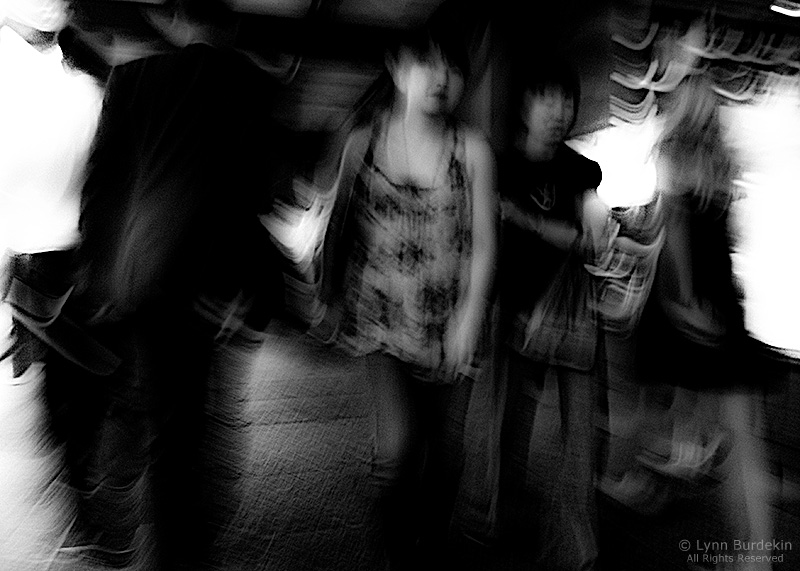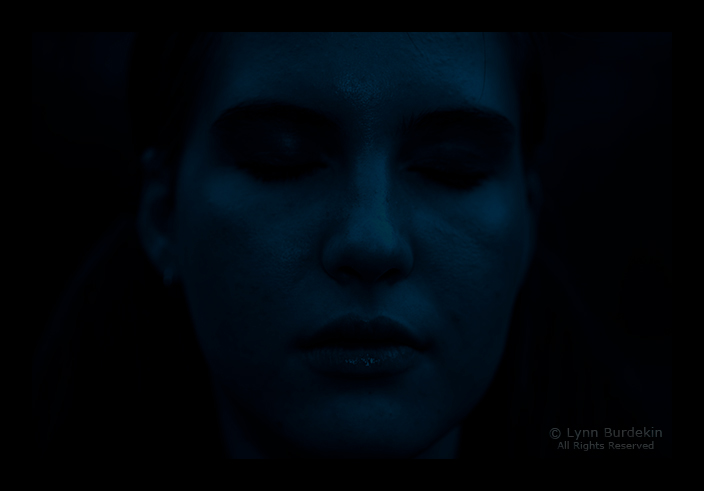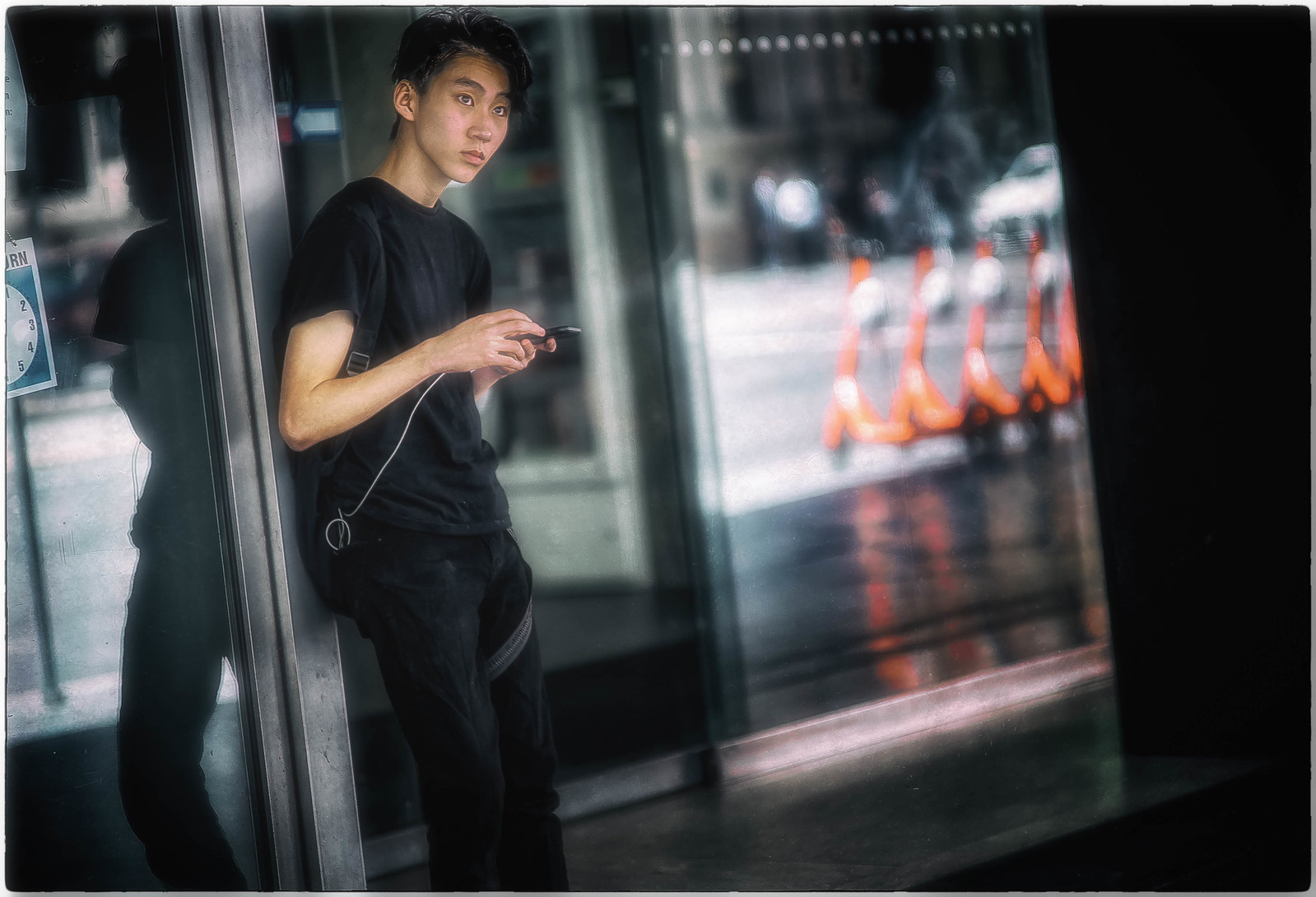You are using an out of date browser. It may not display this or other websites correctly.
You should upgrade or use an alternative browser.
You should upgrade or use an alternative browser.
The perfection of imperfect photos
- Thread starter peterm1
- Start date
- Latest activity Latest activity:
- Replies 142
- Views 11K
Dogman
Veteran
My experiments with motion from 2017.




Maybe a few more. I was recovering from surgery at the time so anything I did was entertaining. This experiment lasted about a month or so. I decided it was pretty awful so I flushed the whole idea. Why I kept the photos, I dunno. Maybe to remind me to do better. 🙂
..................................




Maybe a few more. I was recovering from surgery at the time so anything I did was entertaining. This experiment lasted about a month or so. I decided it was pretty awful so I flushed the whole idea. Why I kept the photos, I dunno. Maybe to remind me to do better. 🙂
..................................
Leon C
Well-known
peterm1
Veteran
Leon C
Well-known
Perfect! 🙂
Almost Peter 😉, I just wanted a little more hand movement but hard to get whilst showing all 4 strings in a working environment, I'll try again one day, some ideas never go away.
lynnb
Veteran
Apple, around 2011.


lynnb
Veteran
Street movement c. 2011


lynnb
Veteran
c.2006


Jonathan R
Well-known
I have LOADS of imperfect photos. Many where I have messed up; some where circumstances were such that the photo couldn't be anything but imperfect. In every case, the things I was trying to capture is lost because of the imperfections. So I'm wondering ... how far off perfect does an imperfect photo have to be in order to be a good photo? And does the imperfection have to be planned?
I'm arguing against the OP's case - not at all - but it is quite a puzzler, isn't it?
I'm arguing against the OP's case - not at all - but it is quite a puzzler, isn't it?
Benjamin Marks
Veteran
I think that "imperfection" -- which when it is done well, I would call "cutting against the grain" -- can edge us towards the mysterious and suggest that there are places where the boundaries between what we can easily see and what we can't are thin and perhaps open to revelation. Ralph Meatyard's images often hint that this. Marina Berio's images have made me think of this. Also our own Helen Hill, who seems to perceive the mysterious where the rest of us would walk by the quotidian. It is a big part of what I love about her work.
This is not to say that all that's required is to "mess up" your images. I think that misses the point. What Helen does so well (and so often that I am tempted to say it is part of her genius) is to find the suggestive images among those more ordinary images most of us would gloss over. It is a different kind of decisive moment than most of us think we are shooting for, but one that takes no less skill to recognize. BRAVA!
This is not to say that all that's required is to "mess up" your images. I think that misses the point. What Helen does so well (and so often that I am tempted to say it is part of her genius) is to find the suggestive images among those more ordinary images most of us would gloss over. It is a different kind of decisive moment than most of us think we are shooting for, but one that takes no less skill to recognize. BRAVA!
jesse1dog
Light Catcher
tortellini_man
Established
Keith
The best camera is one that still works!
Archiver
Veteran
I recently came across this video, shot with the Leica SL2-S and Voigtlander Nokton 35mm f1.4 v2. Talk about the perfection of imperfect images, wow.
Richard G
Veteran
Agree with you about music. There is of course programmatic music, such as some of Richard Strauss, and then not Beethoven, despite whatever labels were retrospectively given to his pieces. Same for Mozart, except the Requiem and the Operas. The resonances between music and photography relate to colours and tones, but especially intervals. Mathematics plays a big part in this. Shapes, proportions, sharpness and blur, dark tones and light. They are all there in music. The actual intervals in Brahms I find mesmerizing. In Mahler too, and his open orchestration, especially with brass and woodwinds, but also percussion. And then there’s Bach. As for photography, some of the best photographs are also in essence commentaries on photography itself. Stravinsky made a parallel statement about music: Le seul véritable commentaire d’un morceau de musique est un autre morceau de musique.I agree with some of what you say - particularly about the invisibility of millions of technically perfect photos. So I am not sure I would say you missed the point. I am not sure I have a specific point other than that maybe photographers should cease chasing technical perfection and instead recognize that photography communicates through the eye and they should instead seek to create images that communicate through visual poetry if I can call it that. (At least occasionally). Perhaps it's "over egging the pudding" to call it eye candy but to some extent that is what good photography is about.
Thinking about it further I suppose I did have a personal point which is inherent in this post. Do great pieces of classical music need an "important statement"? I think not - at least not necessarily. Such music appeals to many simply because the music is by its nature some how appealing (OK that's a tautology but of course it is never the less so). I seriously doubt I will ever achieve this degree of success in my photography but it's enough to aspire to - and this keeps me trying.
As for me, I almost never shoot images because they have an "important statement". To my way of thinking that is the domain of reportage photography and I am not one of those types of photographer - most of us are not. Fine, perhaps if you aspire to be the next Sebastiao Salgado, for example. But it is not what I am referring to particularly. Speaking personally, I feel no aspiration to populate my photos with social critique or messaging and no desire to change the world - the present world is too full of too many people who have been told they must aspire to change the world by making meaningful statements". When perhaps it is far more impactful to simply create something beautiful if they can. In other words when making images, its simply enough if those images speak to the "aesthetic eye" and are appealing. Who knows, if a few of them work well enough they may occasionally even stir the soul be emotionally moving for some viewers. And in a small way that does change the world.
If I really wanted to be high-faluting I would cite part of a poem by John Keats. If it's good enough for Keats, then its certainly good enough for me.
"Beauty is truth, truth beauty,—that is all
Ye know on earth, and all ye need to know."
Last edited:
Richard G
Veteran
As for imperfection, one of the interviewees in Black+White magazine recently stated that he liked to have horizons just off, perhaps a degree or so I hope, to add some life into a picture. Sounds horrifying to me at first, but I appreciate the iaea.
Richard G
Veteran
This is taken with the Elmar M 50 not fully extended, but extended a little. It’s with the M9 in early evening. It’s our place but reminds me so much of one of my mother’s sitting rooms in the three houses I remember from my childhood. Despite how unruly we boys were this was off limits, mostly. Despite being home there remained something mysterious about her sitting room, standard lamps, a velvet couch we were not let near, the silver cigarette boxes and various ashtrays and the absent visitors, one with a Dunhill lighter and perfume very different to my mother’s….


peterm1
Veteran
I tend to go further most times........................Sometimes I make my verticals or horizontals off, but I have always adhered to the idea that if either are to be off then they should be so obviously off that people can see it is deliberate, not accidental or sloppy framing. On the other hand when photographing urban settings on the other hand it is inevitable that some verticals will be off unless you are standing exactly perpendicular to the plane of focus. In this case I usually make sure (correcting in post if needed) that one dominant vertical is truly vertical while letting the others fall how they may.As for imperfection, one of the interviewees in Black+White magazine recently stated that he liked to have horizons just off, perhaps a degree or so I hope, to add some life into a picture. Sounds horrifying to me at first, but I appreciate the iaea.
Here is one with the first kind of framing................... very deliberate non-vertical, verticals also with non horizontal, horizontals. It somehow works I think. Probably because the angle of the windows, door and reflections all exactly mirror the subject's own nonchalant and casual stance.
 One Moment in the Street by Life in Shadows, on Flickr
One Moment in the Street by Life in Shadows, on Flickr
Last edited:
Pioneer
Veteran
peterm1
Veteran
Very interesting. Ilike it.View attachment 4843552
Bit of a cheat but fun? Lumix GM1 with an Agfa loupe as a lens. Everyone says I'm mad!
Three small bottles on the kitchen table - the nearest bottle is 5cm high.
Similar threads
- Replies
- 4
- Views
- 583
- Replies
- 37
- Views
- 5K








